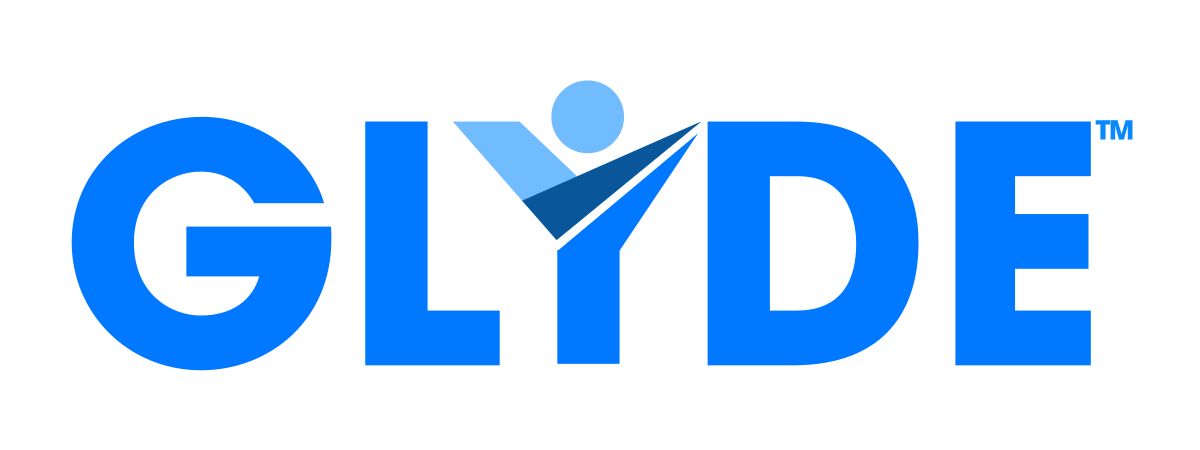Recruiters stand at the frontlines of talent acquisition, their inboxes perpetually overflowing with a deluge of resumes, their lines buzzing with inquiries, reminders, and updates. However, with the ceaseless pressure and the relentless pace, they are often misconstrued as the “weak link” in the hiring chain. Yet, the urgent question beckons, are they truly to blame for poor information flow and all our recruitment woes?
The Scapegoat Syndrome in Talent Acquisition
After a business fails to fill a critical role after several months of searching then fingers inevitably point towards the recruitment team. The murmurs begin, questioning their efficiency and speed—or lack thereof. It becomes a reflection of a systemic issue plaguing many organizations, wherein recruiters, amid the convoluted crisscross of communication and decision-making, are unjustly branded as the problem when in reality they are the scapegoat for poor processes.
Statistics paint a concerning picture of the recruitment landscape. Consider that the average time to fill a position now lingers around 42 days, as reported by SHRM¹
Recruitment Information Flow Bottlenecked at Birth?
Talent Acquisition leaders are undoubtedly cognizant of the multifaceted challenges ahead. In an ecosystem that grows more intricate by the day, driven by innovation and competition, the sentinel standing guard—the recruiter—faces a tornado of responsibilities. From parsing through the labyrinth of job applications to engaging with potential candidates and scheduling multitudes of interviews, the bottleneck often originates with a simple misalignment: the recruiter is expected to be superhuman, juggling an array of automated and manual tasks without reprieve.
Breaking Down Communication Barriers
Effective recruitment hinges on seamless communication, yet one in three candidates cite poor communication as a primary reason for not advancing in the hiring process.
The transmission of vital information from the recruiter to the candidates and hiring managers—and vice versa—frequently hits a snag and it’s often because they don’t even have the information they need or are not allowed to use it.
Key information
There are 3 vital elements in any job opening around the world.
-
The responsibilities and duties involved
-
The place or setting where the work must be carried out
-
The compensation and benefits offered for performing those responsibilities
Unfortunately, job postings often lack clear details on all points leading to disappointing outcomes.
Too many job seekers apply without fully grasping what the day-to-day work entails or the salary and incentives they can expect in return. This creates inefficiency for both candidates and employers, wasting valuable time and energy on the hiring process before realizing the role is not an ideal match.
Salary transparency
The lack of transparency around compensation in job postings can often stem from various questionable motivations. However, obfuscating pay details tends to backfire on employers. When recruiters must relay disappointing salary ranges to well-qualified candidates already deep in the hiring process, it leads to frustration for all parties after investing considerable time and effort.
Rather than fault recruiters stuck conveying unsatisfactory offers, companies should re-examine questionable rationales for hiding compensation. A policy of pay transparency from the start screens out uninterested applicants early and builds trust with ones who advance. It also reduces wasted resources and resentment resulting from offers below expectations arising late in drawn-out hiring funnels.
Proactively advertising salary ranges mitigates numerous issues rooted in viewing pay opacity as benefiting employers, when in reality it just antagonizes and hampers the recruitment team.
The real requirements…
The lack of transparency between hiring managers and recruiters frequently results in unclear job requirements. This creates difficulties for recruiters trying to source suitable candidates for open roles. The following scenario highlights the intricate nuances in hiring manager requirements that often go unstated.
A recruiter presents a promising applicant with extensive Concur experience, though it is absent from their resume. Despite fit for the role’s duties, the hiring manager mandates it must be listed on the applicant’s resume.
This specificity was not initially shared with the recruiter, resulting in wasted efforts screening unsuitable candidates without resume-listed Concur experience. While the hiring manager has valid reasons for this requirement, more open communication from the start could have prevented ineffective work by the recruiter.
With transparent and ongoing collaboration, hiring managers and recruiters can work synergistically to source ideal talent, avoiding exhausting back-and-forths.
Conclusion: The Injustice Rectified
It’s true that recruiters are often seen as a bottleneck in the talent acquisition process. However, this particular bottleneck stems from several external factors beyond their control. Fixing these issues would empower recruiters to reduce the information asymmetry between applicants and hiring managers and dramatically speed up the process.
As the landscape of hiring continuously reinvents itself, so must we reassess our perceptions. We must delineate the true origins of recruitment inefficiencies, not to assign blame, but to uncover opportunities for transformative change.
#futureofwork #hrtech #automation #ai #machinelearning #talent #talentacquisition #applicanttracking #ats #hrtrends #recruitmentmarketing #recruitmentautomation #recruitmentsolutions #staffing #careers #emergingtech #innovation #startup
¹ https://www.shrm.org/resourcesandtools/hr-topics/talent-acquisition/pages/employers-across-industries-are-taking-longer-to-hire.aspx

